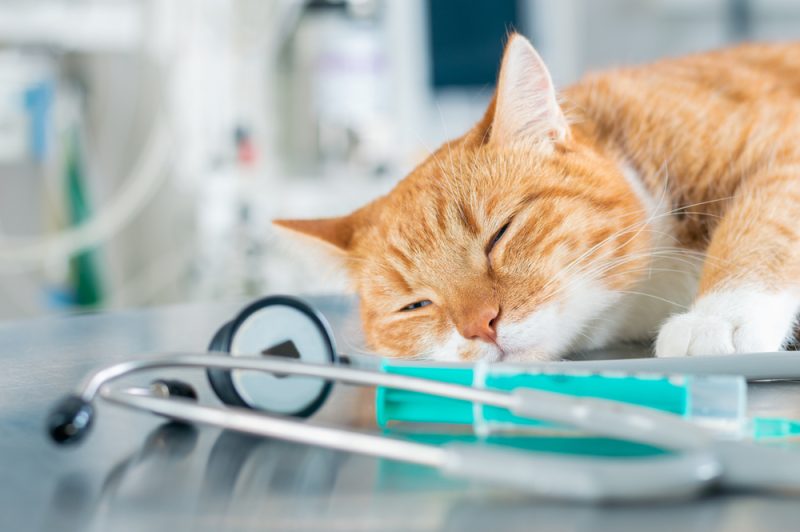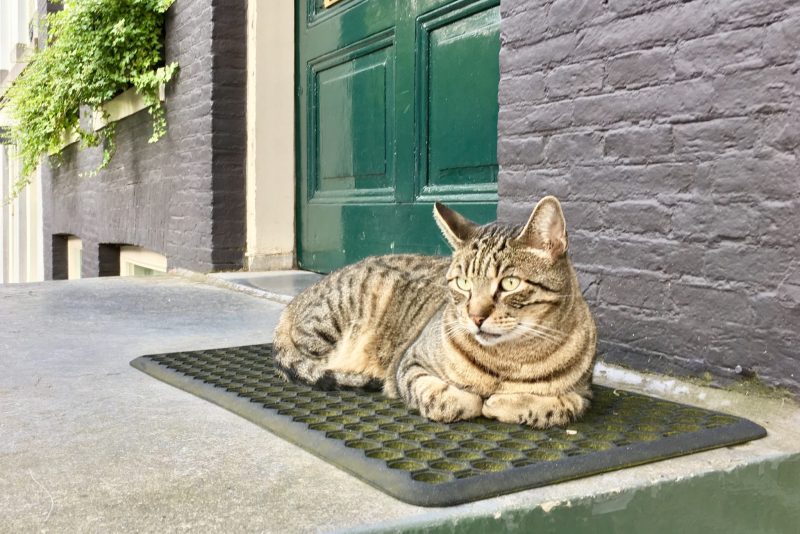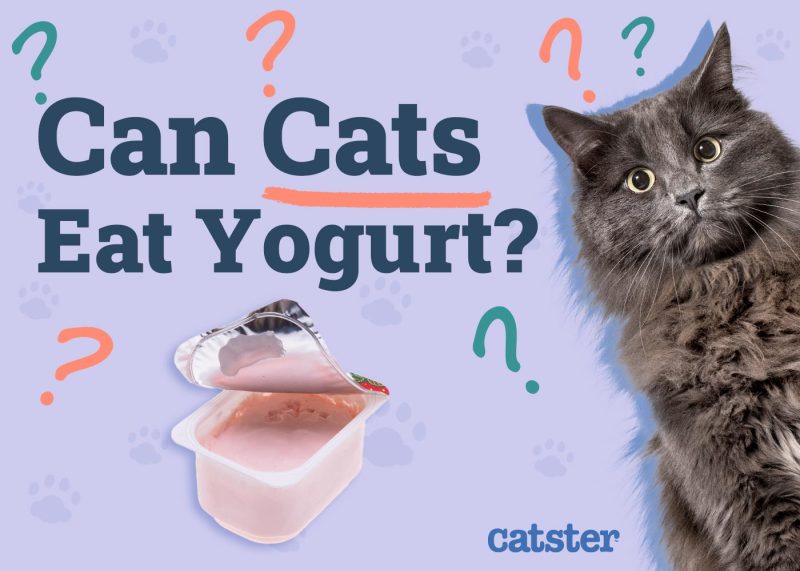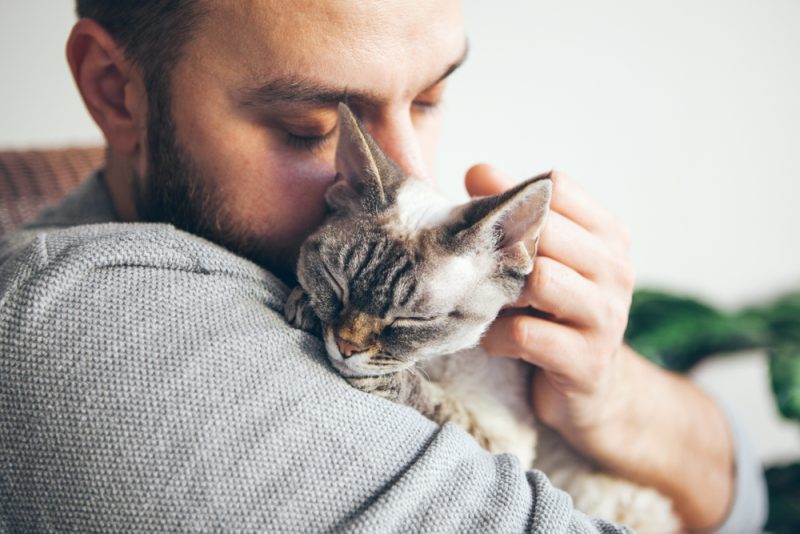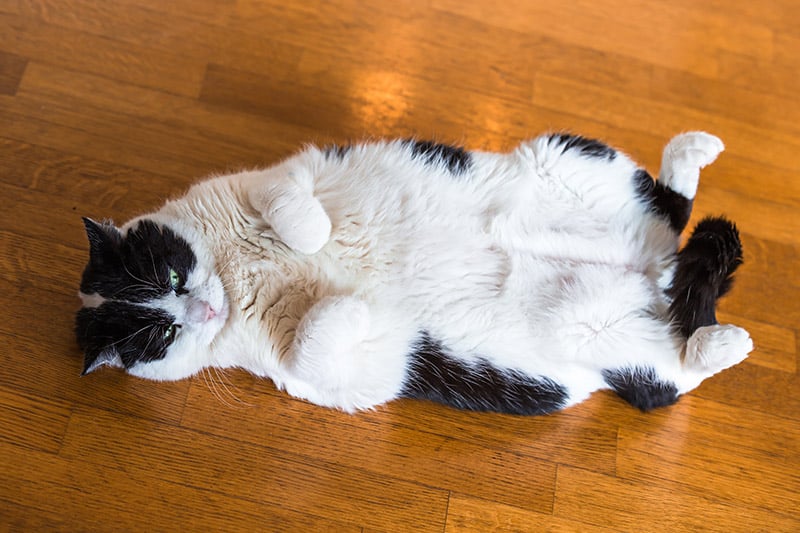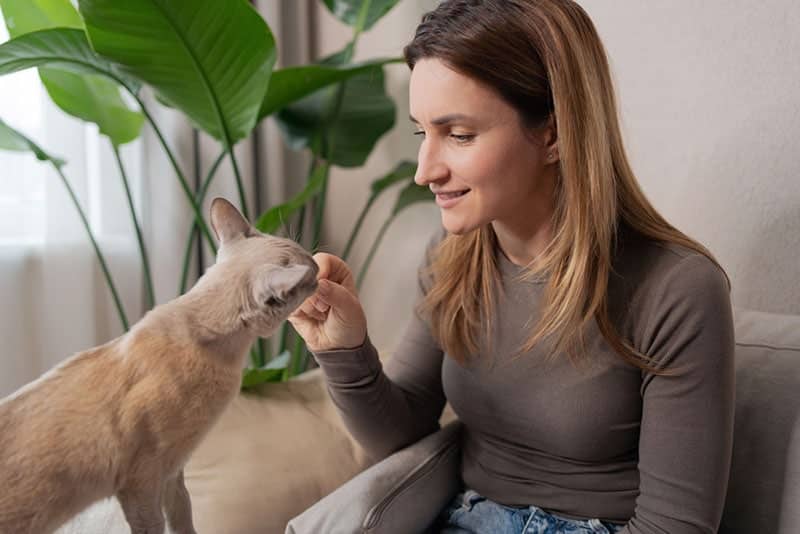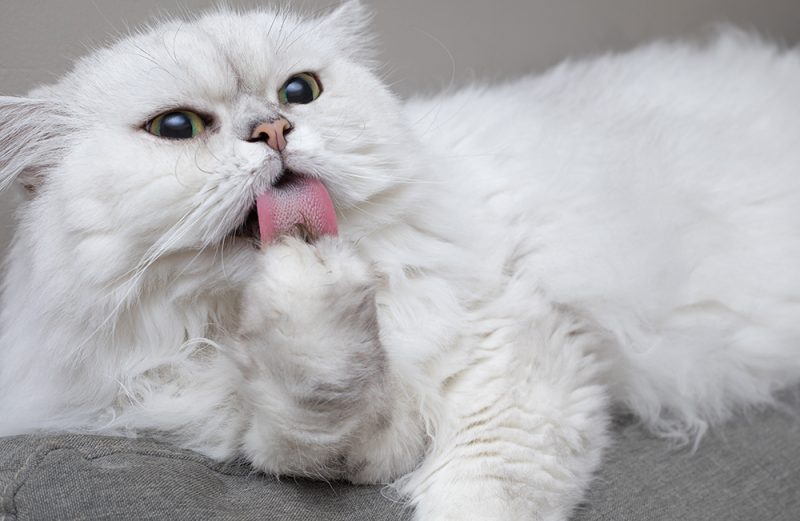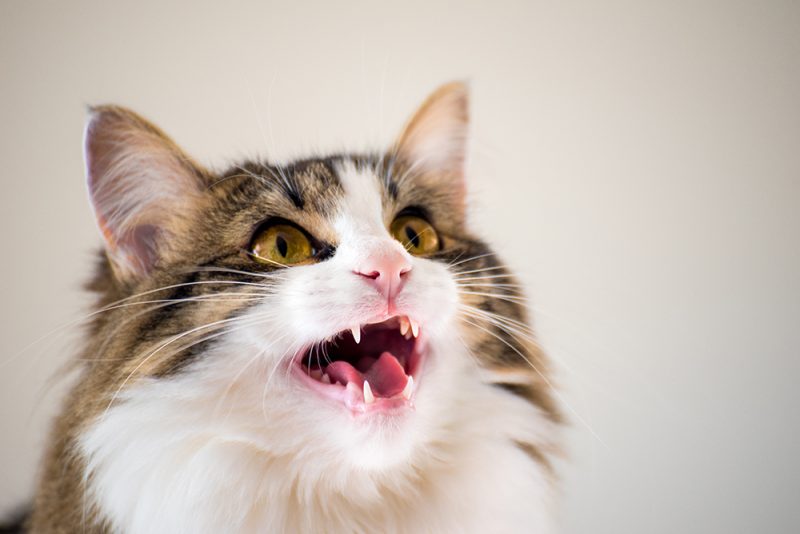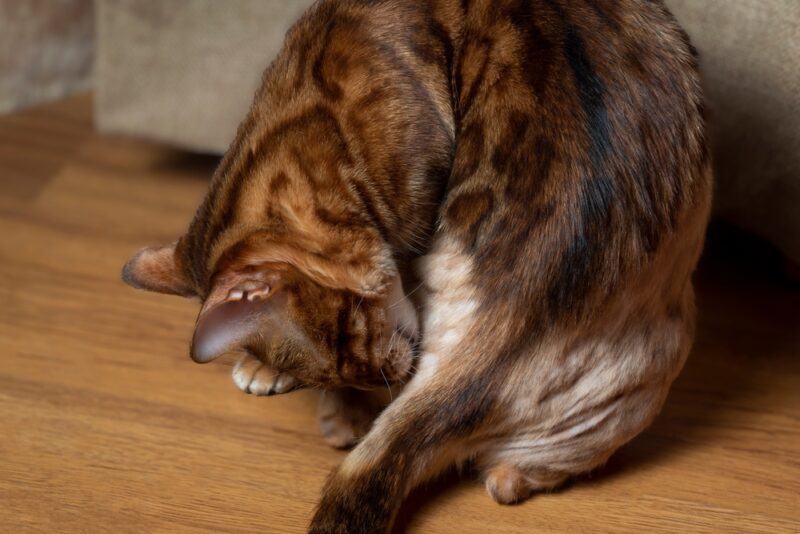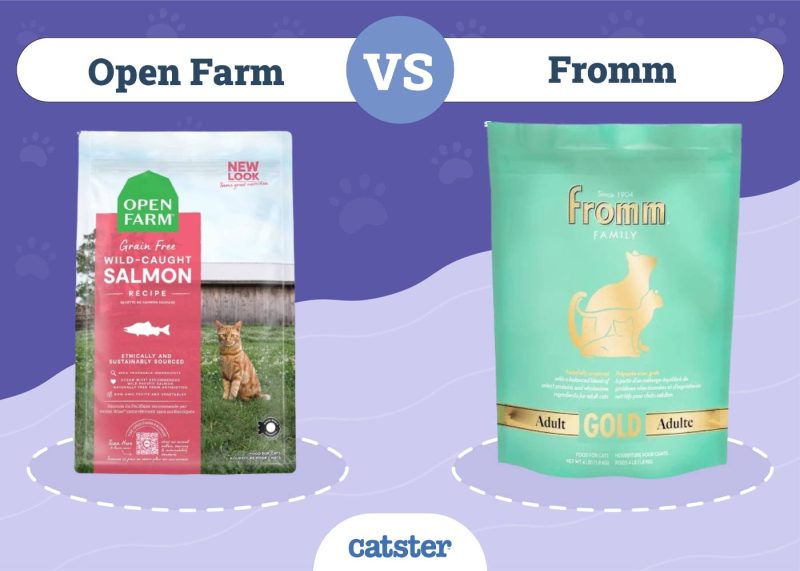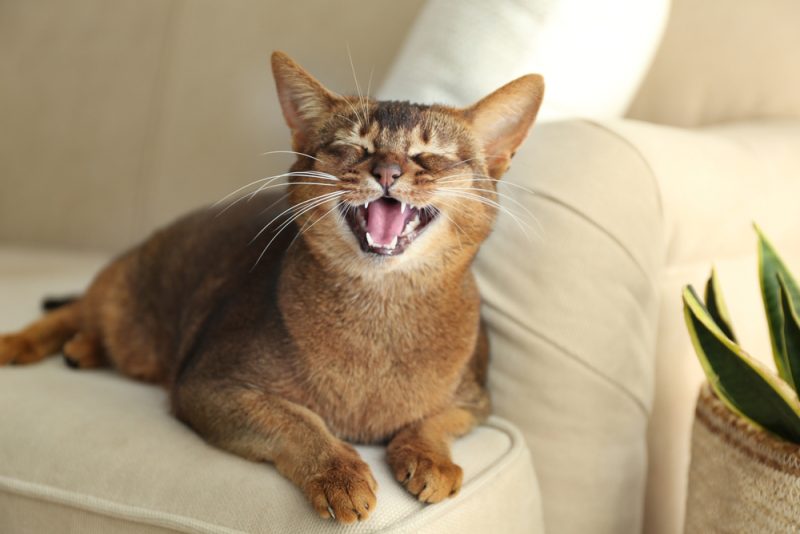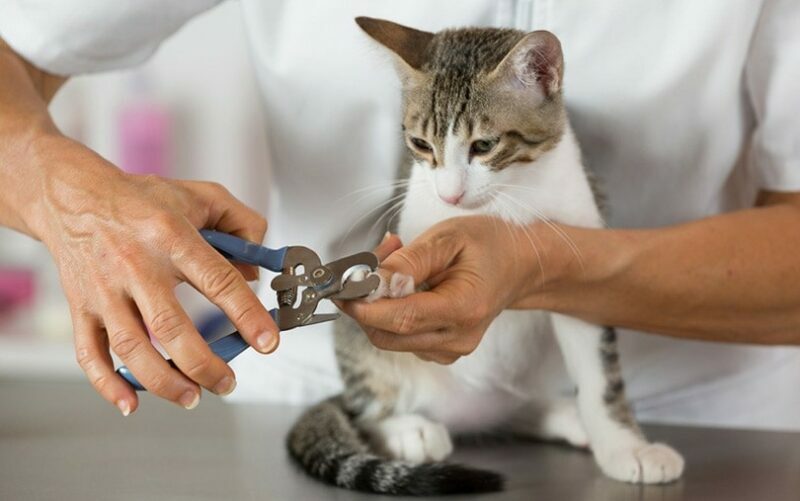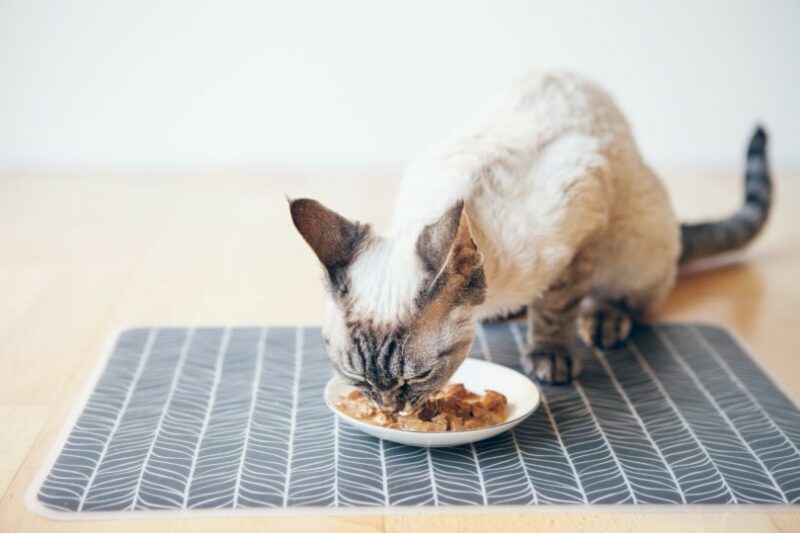In this article
View 2 More +Obesity seems to plague our feline companions. It is estimated that 50% of feline veterinary patients are overweight, and our veterinarians routinely tell pet parents that their cats need to lose weight to help prevent secondary concerns, including arthritis and diabetes. This recommendation can be challenging to achieve, and pet parents might find themselves thinking about other ways in which weight loss could be achieved.
Although offering instant results, liposuction is not a treatment that is recommended for cats. Continue reading to learn about liposuction and cats.

What Is Liposuction?
Liposuction is the removal of adipose tissue, or fat, through the use of a suction device. Liposuction is often performed under general anesthesia or local anesthesia. This procedure can be utilized to provide patients with a slimmer shape and improved quality of life.
Liposuction has been utilized in canine patients for the removal of fatty masses called lipomas. Lipomas are benign tumors that can slowly grow and are made up of adipose tissue. Although this procedure has been utilized in dogs, it is not readily available and has not been utilized in feline patients. A previous study looked at lipoma removal in dogs via liposuction.1 Liposuction results were more favorable in masses less than 15 centimeters, and recurrence occurred in 28% of the removed lipomas.
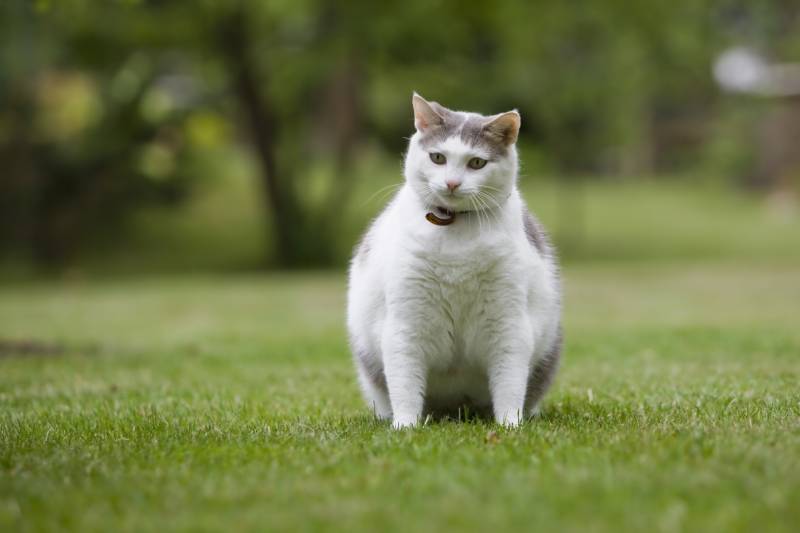

Should Liposuction Be Utilized in Feline Patients?
Lipomas
Lipoma development is less common in cats than it is in dogs, although it does occur. Removal of lipomas can be done if they become problematic. A problematic lipoma is one that causes the patient discomfort, mobility hindrance, or is a bother to the owner. As mentioned, liposuction has been used to remove lipomas in canine patients, but this practice has not been documented in felines.
Weight Reduction
It is not recommended to use liposuction as a way of reducing a feline patient’s weight. This would be considered a risky procedure to do for a variety of reasons. For one, this would be considered a general anesthetic procedure, and morbidly obese cats are at a higher risk of anesthesia-related complications.
Furthermore, cat obesity is correlated to metabolic abnormalities. The physical removal of fat would temporarily reduce a patient’s weight but would not address metabolic concerns. Weight loss in cats should be carefully achieved through diet and exercise.
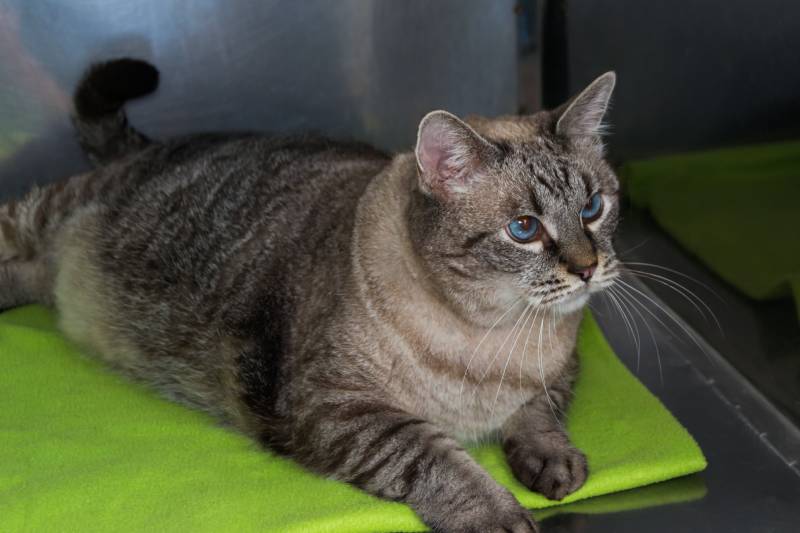

Weight Loss in Cats
Diet
Achieving weight loss in cats can be challenging and will take time! A veterinarian will work closely with you to develop a weight loss plan focused on diet, caloric intake, and exercise. There are veterinary diets that are formulated to meet daily nutrient requirements while having fewer calories. This type of diet tends to work best in cats. Simply reducing the amount of regular cat food can predispose cats to nutrient deficiencies.
Weight loss in cats is a delicate process. Owners striving to get their cats to lose weight will need to closely monitor weight loss. Ideally, an overweight cat should lose 0.5–1.5% of their body weight weekly. It is important that weight loss is gradual as a sudden decrease in caloric intake can make your feline companion very ill. A sudden cut in caloric intake can lead to hepatic lipidosis, a condition in which fat begins to be stored in the liver. When this happens, the liver does not function properly, and patients can go into liver failure and develop yellow pigmentation on their skin, otherwise known as jaundice.
Need veterinary advice but can't get to the clinic? Catster recommends PangoVet, our online veterinary service. Talk to a vet online and get the answers and advice you need for your cat without having to leave your living room — all at an affordable price!

Exercise
Cats are known for being incredibly lazy, so stimulating a cat to move around more can be challenging, especially if they are carrying extra weight. There are numerous things an owner can do or use to encourage activity in their cat, like laser pointer toys, food dispenser balls, or hiding food bowls in specific locations to encourage seeking behavior. Engaging your cat in play that mimics hunting behaviors, like swatting at feathers or chasing battery-powered toys, is a great way of expending calories.
Looking for toys that will cater to the many needs of your cat? The Hepper Hi-lo Cat Scratcher is one of our favorite cat products, and it will encourage your cat to get active. Its clever three-angle design offers multiple ways for your cat to climb, stretch, and exercise. Made of a sturdy plywood base and a replacement cardboard insert, this scratcher is an option that cats can enjoy for years to come. If your cat requires a little encouragement for self-play, the Hepper Catnip Mice Toy Set is a fantastic choice for their instinctual needs. Made with natural, bite-resistant hessian fabric and filled with organic catnip. Cats can satisfy their natural prey instincts while getting the physical activity they need to thrive. At Catster, we've admired Hepper for many years, and decided to take a controlling ownership interest so that we could benefit from the outstanding designs of this cool cat company!
Image
Product
Details
Great for Exercise
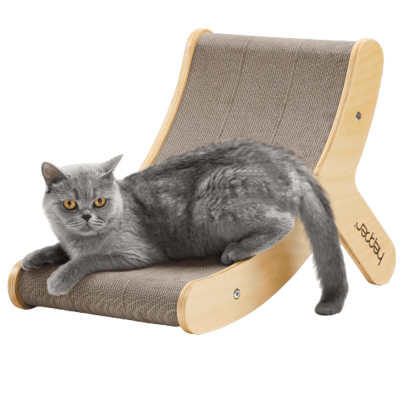
Hepper Hi-Lo Cat Scratcher
Check Price
Encourages Self-Play
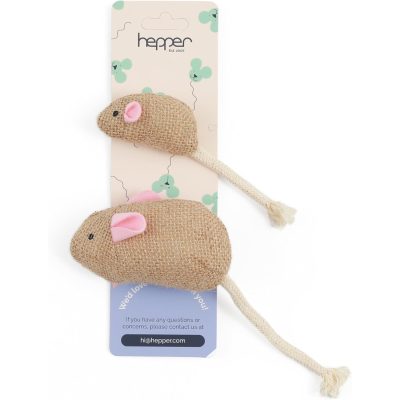
Hepper Catnip Mice Toy Set
Check Price
Cats who may require even more controlled exercise may benefit from enrolling in a rehabilitation program. Underwater treadmills and other low-impact exercises can be incredibly helpful, especially at the beginning of the weight loss journey.

In Summary
Lipoma formation is less common in cats than it is in dogs. Generally, problematic lipomas are addressed with surgical removal, and liposuction has not been a studied modality for lipoma removal. Obesity is one of the most common problems our cats face, but liposuction is not the answer to obesity. Instead, weight loss in our feline patients should be slow and overseen by a veterinarian.
Featured Image Credit: Andy Gin, Shutterstock
